Scalp Micropigmentation for Hair Transplant Scar Camouflage
Scalp Micropigmentation Scar Camouflage. For individuals who have undergone hair transplant surgery, the promise of a fuller head of hair often comes with an unexpected trade-off.
The visibility of scars left behind by the procedure.
These scars, while a testament to the journey toward hair restoration, can sometimes serve as a reminder of the past. Impacting self-confidence and body image.
However, with advancements in cosmetic procedures, there is newfound hope in the form of scalp micropigmentation (SMP) for hair transplant scar camouflage.
In this blog, we’ll delve into the intricacies of SMP and how it offers a solution to conceal hair transplant scars. Restoring confidence and empowering individuals to embrace their hair restoration journey with pride.
Understanding Hair Transplant Scars:
Hair transplant surgery, whether through follicular unit transplantation (FUT) or follicular unit extraction (FUE), involves harvesting hair follicles from donor areas. These are then transplanted into recipient areas of the scalp affected by hair loss.
While these procedures can yield natural-looking results in terms of hair growth. Often, they leave behind visible scars, particularly in the donor area where hair follicles are extracted.
The type and visibility of scars can vary depending on factors such as the surgical technique used, the skill of the surgeon. Together with individual healing characteristics.
FUT procedures typically result in a linear scar along the donor area, while FUE procedures may leave multiple tiny scars scattered throughout the donor site.
Regardless of the type of scar, their visibility can be a source of concern for individuals seeking to achieve a seamless and natural-looking hair restoration outcome.
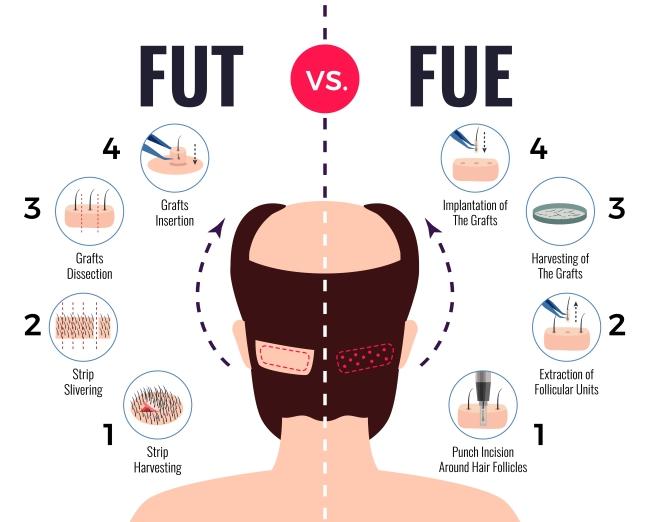
Enter Scalp Micropigmentation (SMP):
Scalp micropigmentation (SMP) has emerged as a groundbreaking solution for concealing hair transplant scars and restoring a more uniform and natural appearance to the scalp. Unlike traditional tattooing, which uses ink to create permanent designs on the skin. SMP involves the precise application of specialized pigments to the scalp’s upper layers to mimic the appearance of hair follicles.
The process of SMP for hair transplant scar camouflage typically involves the following steps:
- Consultation: The journey begins with a consultation with an experienced SMP practitioner who specializes in scar camouflage. During this consultation, the practitioner will assess the extent and characteristics of the scars. Moving on to discuss the client’s goals and expectations, and develop a customized treatment plan tailored to their unique needs.
- Pigment Selection: The practitioner carefully selects pigment shades that closely match the client’s natural hair color and skin tone. Ensuring seamless integration and a natural-looking result. Multiple pigment shades may be used to achieve depth, dimension, and realism in the scar camouflage process.
- Precision Application: Using specialized equipment and techniques, the practitioner meticulously applies the pigments to the scarred areas of the scalp. Replicating the density, pattern, and direction of natural hair growth. The goal is to create the illusion of hair follicles within and around the scars. Effectively camouflaging them and blending them with the surrounding hair.
- Gradual Layering: SMP is typically performed over multiple sessions to achieve optimal results gradually. Each session involves the layering of pigment to build depth and density. Adjustments can be made as needed to ensure symmetry and uniformity in the scar camouflage.
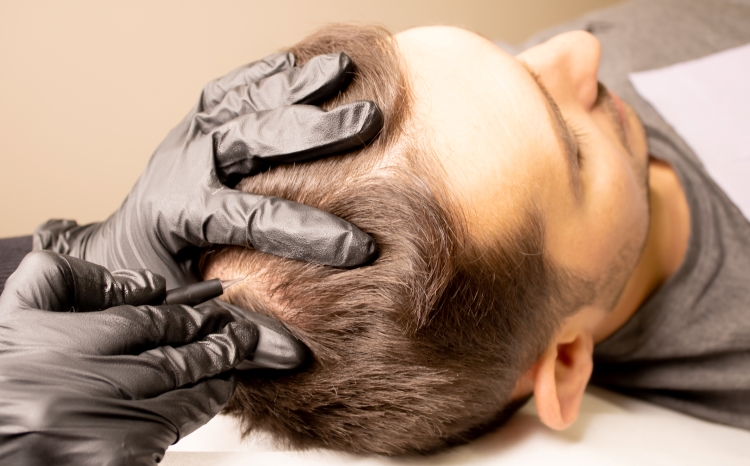
Benefits of Scalp Micropigmentation for Hair Transplant Scar Camouflage:
- Natural-Looking Results: SMP for hair transplant scar camouflage produces incredibly natural-looking results. The pigmented follicles seamlessly blending with existing hair and skin tone. The precision application technique ensures that scars are effectively concealed. Creating the appearance of a fuller head of hair.
- Versatility: SMP can be customized to address scars of various sizes, shapes, and locations on the scalp. Including linear scars from FUT procedures and dot-like scars from FUE procedures. The flexibility of SMP allows for tailored treatment plans to meet individual needs and achieve optimal scar camouflage results.
- Minimally Invasive: Unlike surgical scar revision techniques, which may involve additional incisions and downtime for recovery. SMP is a minimally invasive procedure that requires no incisions or anesthesia. Most clients can resume their normal activities immediately after treatment.
- Long-Lasting Results: SMP for hair transplant scar camouflage offers long-lasting results. With minimal maintenance required to preserve the desired appearance. The specialized pigments used in SMP are formulated to be fade-resistant and durable. Providing years of seamless scar concealment.
- Improved Confidence: Perhaps most importantly, SMP for hair transplant scar camouflage can significantly improve self-confidence and self-esteem. For individuals who may feel self-conscious or insecure about their scars. By restoring a more natural and uniform appearance to the scalp. SMP empowers individuals to embrace their hair restoration journey with pride and confidence.
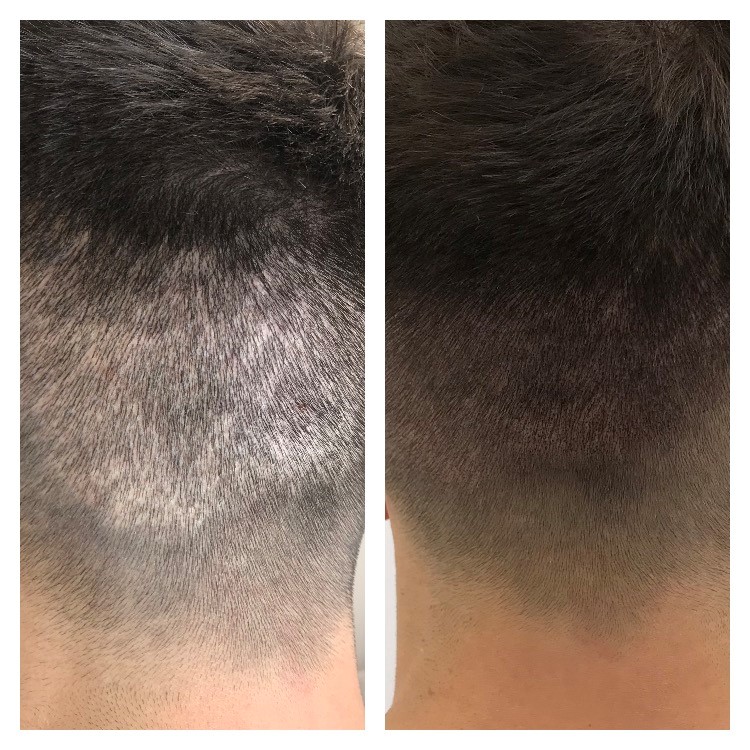
Scalp Micropigmentation for Hair Transplant Scar Camouflage FAQ:
- What is scalp micropigmentation (SMP) for hair transplant scar camouflage? Scalp micropigmentation is a cosmetic procedure that involves the precise application of specialized pigments to the scalp’s upper layers to mimic the appearance of hair follicles. When used for hair transplant scar camouflage. SMP can effectively conceal scars resulting from hair transplant surgery. This is done by creating the illusion of a fuller head of hair and restoring confidence in one’s appearance.
- How does SMP camouflage hair transplant scars? SMP works by depositing pigments into the scarred areas of the scalp. Therefore, replicating the density, pattern, and direction of natural hair growth. By creating the appearance of hair follicles within and around the scars. Consequently, SMP effectively camouflages them and blends them with the surrounding hair, resulting in a more uniform and natural-looking scalp.
- What types of scars can SMP camouflage? SMP can camouflage various types of scars resulting from hair transplant surgery. Including linear scars from follicular unit transplantation (FUT) procedures and dot-like scars from follicular unit extraction (FUE) procedures. The versatility of SMP allows for customized treatment plans to address scars of different sizes, shapes, and locations on the scalp.
- Is SMP for hair transplant scar camouflage permanent? While SMP offers long-lasting results, it is a semi permanent solution. Over time, the pigments used in SMP may fade slightly, requiring occasional touch-up sessions to maintain the desired appearance. However, with proper care and maintenance, SMP can provide years of seamless scar concealment.
- Is SMP for hair transplant scar camouflage painful? Most individuals find SMP to be a relatively comfortable procedure, with minimal discomfort. The sensation during the procedure is often described as a slight tingling or scratching sensation on the scalp.
- How many sessions are needed for SMP hair transplant scar camouflage? The number of SMP sessions needed for hair transplant scar camouflage can vary depending on factors such as the extent and characteristics of the scars and the desired outcome. Generally, one session is required to achieve optimal results. The exact number of sessions will be determined during the initial consultation with an SMP specialist.
- What is the recovery process like after SMP for hair transplant scar camouflage? After SMP treatment, some mild redness or swelling may occur in the treated areas. This typically subsides within a few days. Most individuals can resume their normal activities immediately after treatment. With no downtime or post-procedure care required. However, it’s essential to follow any post-treatment care instructions provided by the SMP specialist to ensure proper healing and long-term results.
- Are there any risks or side effects associated with SMP for hair transplant scar camouflage? While SMP is generally considered safe, some potential risks or side effects may occur, including temporary redness, swelling, or discomfort at the treatment site.
- How do I choose a reputable SMP specialist for hair transplant scar camouflage? When choosing an SMP specialist for hair transplant scar camouflage. It’s essential to research their qualifications, training, experience, and portfolio of before-and-after photos showcasing their work. Look for specialists who have a proven track record. Additionally, schedule a consultation to discuss your goals, expectations, and any questions or concerns you may have before proceeding with treatment.
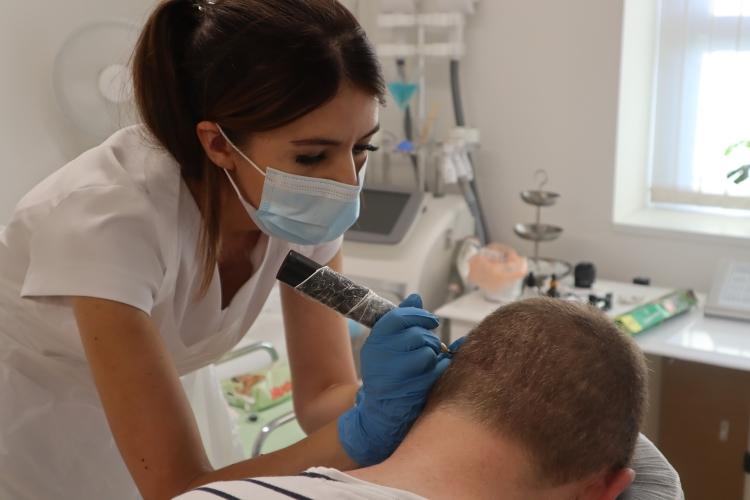

Scalp Micropigmentation for Hair Transplant Scar Camouflage Conclusion:
In conclusion, scalp micropigmentation (SMP) offers a transformative solution for individuals seeking to conceal hair transplant scars and restore confidence in their appearance. Then, through the precise application of specialized pigments. In fact, SMP camouflages scars, creating the illusion of a fuller head of hair and empowering individuals to embrace their hair restoration journey with pride.
If you’re considering SMP for hair transplant scar camouflage. It’s essential to research and choose a reputable SMP practitioner. Schedule a consultation to discuss your goals and expectations, and explore how SMP can help you achieve seamless and natural-looking results. Therefore, with SMP, you can conceal the past and embark on a future filled with confidence, self-assurance, and pride in your appearance

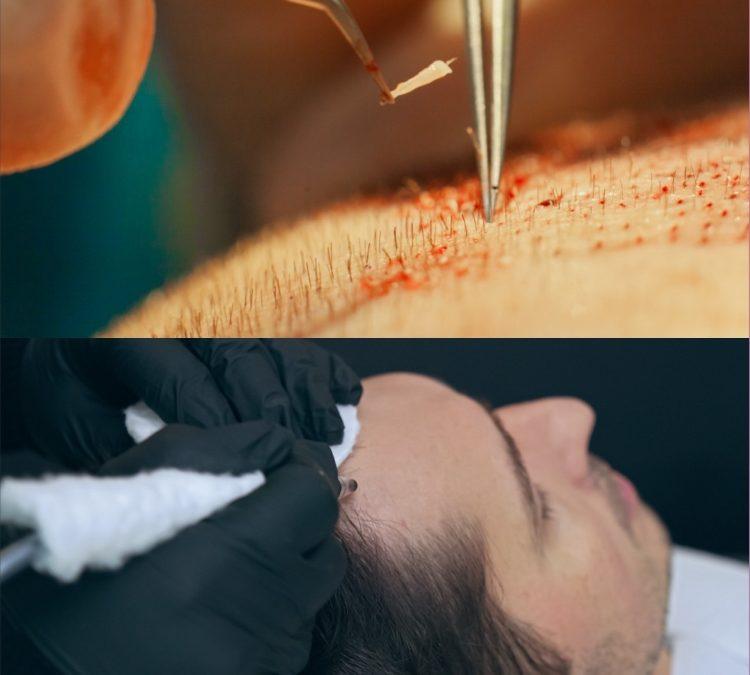
Recent Comments